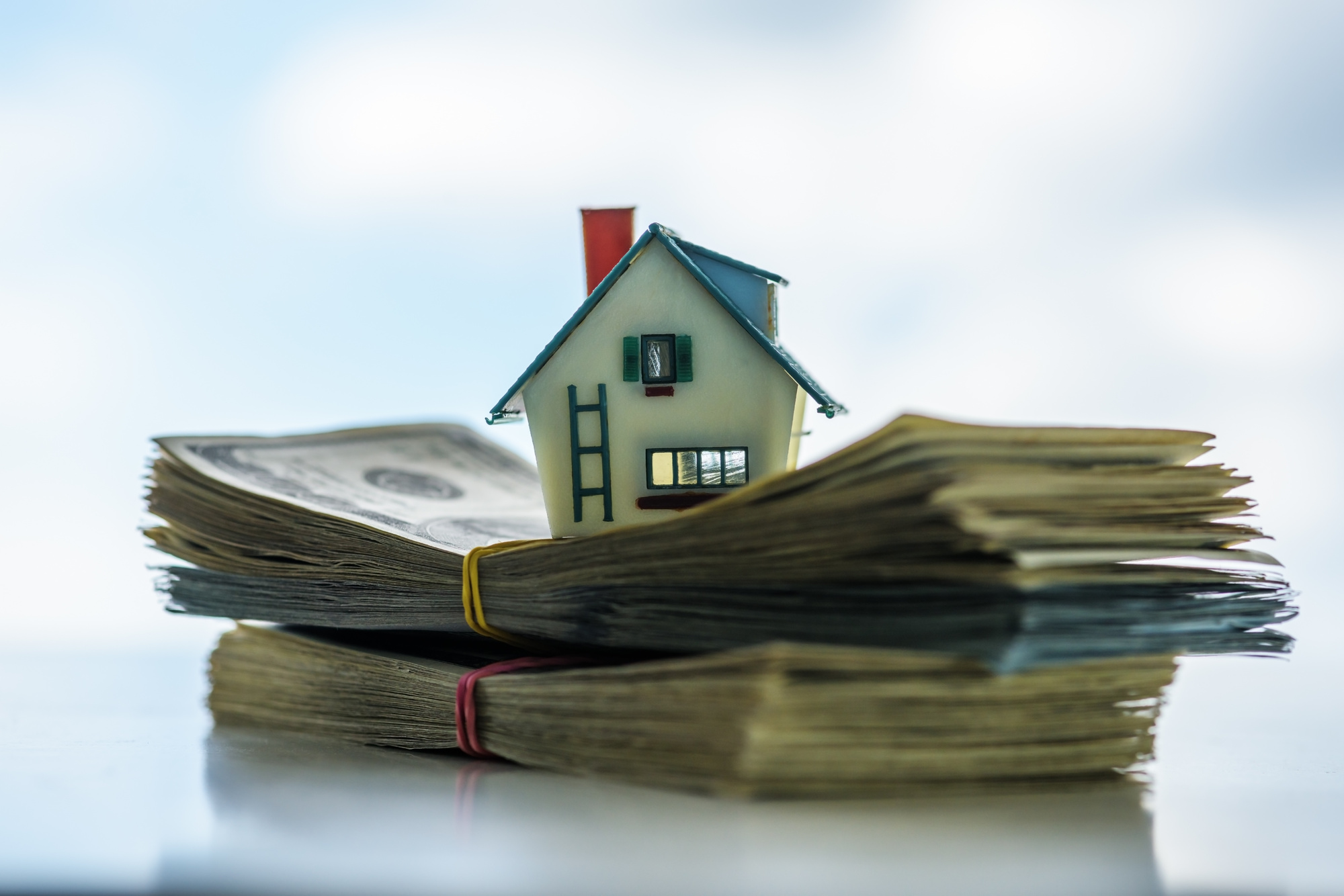
Whether you’re purchasing a home for the first time or looking to move into a new one, a down payment is an essential part of the process. Saving up to buy a new house can sometimes seem like an impossible feat, but it doesn’t have to be.
There are many programs out there that provide assistance with a down payment. Knowing what your resources are and what is available in your area will help you with the home buying process. Don’t get discouraged thinking you’re not ready to purchase a home – you very well could be there already.
We’ve compiled some information that will give you confidence when searching for down payment assistance programs. If you need help with a home down payment, read on for more information.
The down payment you make on a house will significantly impact the amount you borrow and your overall mortgage payment per month. If you have a larger down payment, it will lower the interest rate you receive for your loan as well.
If you put down a larger down payment, your monthly cost for your home will be lowered, because you are borrowing less. You will also have more equity in the home. A bigger down payment will also result in a lower debt to income ratio. You will have more money each month to save or pay your bills.
While putting a larger down payment down is a good idea, you don’t need 20%. The average down payment over the past few years has been between 5 to 6%. It is a huge financial burden to expect a homeowner to save 20% of the total cost of their future home, so lenders have become more flexible.
One of the cons of a bigger down payment is it could potentially drain your savings. You’ve worked years to save for a house and once you move in, all your money is gone and you have to start from scratch. You will be better prepared for out of the blue costs with more money in your savings.
Whether you’re a new home buyer or someone who has purchased in the past, don’t feel pigeonholed into thinking you need to save a large amount in order to buy a house. If you’re able to save less and still qualify for a loan on your dream home, it will only mean you get to move into it even sooner.
There are down payment assistance (DPA) programs that will assist homebuyers with grants or loans with low interest. Many of them vary state by state, but not seeking out information on them could mean you’re passing up the potential of thousands of dollars.
Check out these options below:
A grant is a type of down payment assistance that you don’t have to pay back. Depending on what state you live in, it can be up to 3% of the cost of your home. These types of programs do have certain income and credit score specifications, so be sure to check with your state’s homebuying programs.
While a grant is basically a gift of money, you may have to pay it back if you only live in your home for a short amount of time. Be sure to read all the rules and regulations and contact someone for help if you need it.
There are many mortgage companies with down payment assistance. The American Dream Grant is an option for first time home buyers or those who are looking to reduce their closing costs. It does not require payment or the homeowner taking out a second mortgage.
Federal Housing Administration loans (FHA) require as little as 3.5% as a down payment. They can be a great option for those who have saved a little for a home. Additionally, they are a great option if you don’t have the best credit score. It will need to be above 620.
Besides good credit, one of the aspects that are important to qualify for one of these loans is your debt to income ratio (DTI). That is a tool mortgage lenders will use to figure out how much of your monthly income goes to pay off your debts.
Those types of debts include car payments, credit card payments, and student loan debt. Child support and alimony are included as well. Normal monthly expenses such as utilities and food do not need to be taken into consideration. Figuring out what your DTI is and how to make it more appealing to lenders will only help you.
A deferred payment loan is essentially a second mortgage you take out to cover the cost of your down payment. You won’t need to pay these loans back immediately. You can start making payments after you pay a substantial amount down on your first loan.
One thing to note with these types of loans is that they are never forgiven, so you will always need to pay them back. A deferred payment loan can be had with 0% interest. These loans can be up to $10,000 in total cost.
The process of buying a home can be a complicated and scary one, but it doesn’t have to be. Doing your research beforehand and figuring out what options are available to you will help ensure you’re using every tool at your disposal.
Don’t let potentially free money go to waste by not exploring every option. The thought of having to save 20% before moving into your dream home shouldn’t deter you in any way. You can move into a home sooner than you think by using assistance with a down payment.
Contact us at Market Place Mortgage for a free consultation today. Whether you’re looking to make a new purchase or refinance your home, our team will help you with the best possible route.